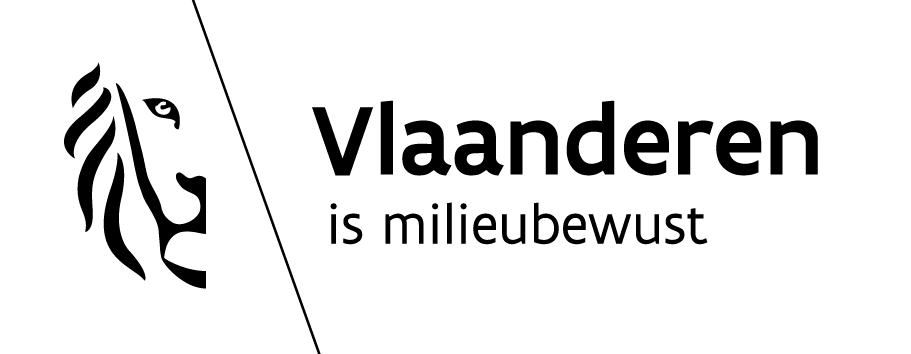Principle
Figure: Immobilisation diagram
Immobilisation is a technical approach whereby the chemical and physical properties of polluted materials are changed in order to establish the pollutants in those materials. Immobilisation is a treatment whereby polluted substances are established in a stable structure, for example, via the presence of insoluble products after a chemical reaction, or by capturing a polluted substance in a water-tight, inert polymer. The aim of the immobilisation process is to establish polluted components in waste products so that they will no longer form a threat to the environment over the long term. This makes it possible to (in the best case scenario) effectively implement the immobilised product as, for example, building material or (in the worst case scenario) to dispose of it in a safe manner.
Techniques based on the addition of organic or inorganic binding-substances: Establishment takes place by dosing organic or inorganic binding-substances which alter the structure of the soil so that it becomes impossible for pollutants to be transported through the soil. Inorganic binding-substances (cement, pozzolanes, flue dust) are mainly implemented to encapsulate the pollutant in a difficult to permeate matrix. Additives (clay, zeolite or water glass) are often added to effect additional physical/chemical binding. Organic binding-substances (bitumen, thermo-hardeners) are mainly used to ensure physical encapsulation.
When using vitrification, the mineral soil matrix (mostly silicates) is melted. The pollutants will be inclosed in the soil matrix when this cools down and consolidates (stollen).
Implementation area and implementation conditions
Infiltration of hardening substances is mainly suited to the immobilisation of inorganic compounds. There is significantly less effectiveness in volatile organic compounds. Details relating to the level of pollutants, particle dispersion, pH, organic substance content (max. 5 to 10 %), composition of inorganic compounds (inc. metals and sulphates) must be known in advance. Leaching tests on mobilised testing materials will eventually determine the composition of the additive for immobilisation. Tests showed that when cement was used as a binding instrument, it correctly increased the mobility of lead, arsenic and complex cyanides, rather than decreasing it.
Vitrification can be implemented in all types of soil pollution, irrespective of the soil type and the pollutant, though is not widely (2006) implemented due to the high cost price. Debris-like materials must be removed from the soil wherever possible (to at least 20%). Inflammable compounds can only be present up to a maximum weight percentage of between 5 to 10%. A minimum sodium and potassium content of 1.4% must be present.
Practical tests have shown that a leaching reduction of more than 95% can be attained via thermal and physical-chemical immobilisation techniques. The long-term impact of natural erosion processes such as rainwater, ground-water composition and flow, cannot be fully determined via laboratory testing. Thus, the implementation of immobilisation techniques contains an undetermined future risk.
Costs
The table below contains the general costs for the stated techniques.
Table: Immobilisation costs
|
Implementation type |
Specifications material/implementation format |
Costs (exc. VAT) |
|
Immobilisation |
Mix with binding instruments |
€ 90/ton |
Environmental burden and measures to be implemented
When implementing binding instruments, the increase in the volume of the pollutant can be regarded as a disadvantage. In test projects, volume increase of 8.5% and density increase of 21% has been reported. Considering that the process is predominantly carried out in the open air, there may be air emissions of volatile polluted substances, fine particles and aerosols. When cleaning equipment, the wash water must be contained prior to treatment.

